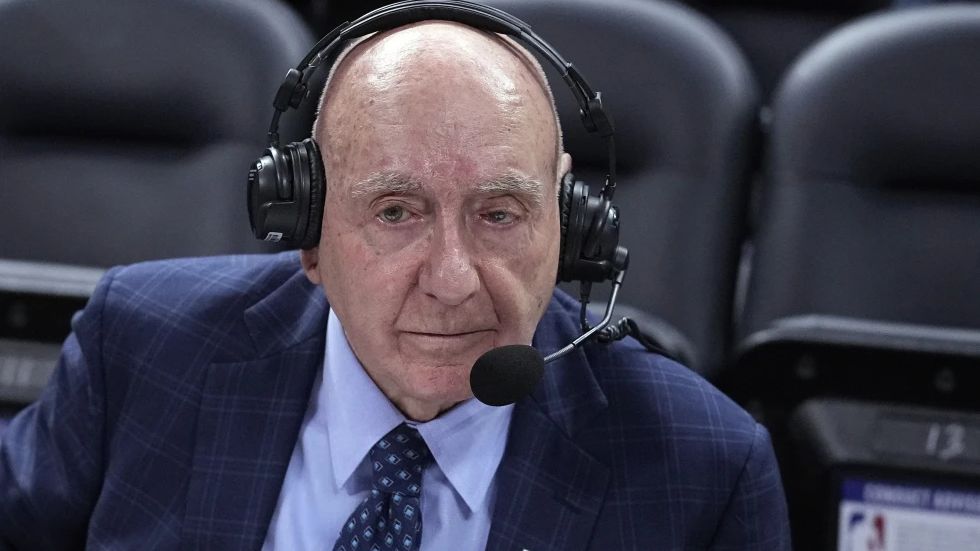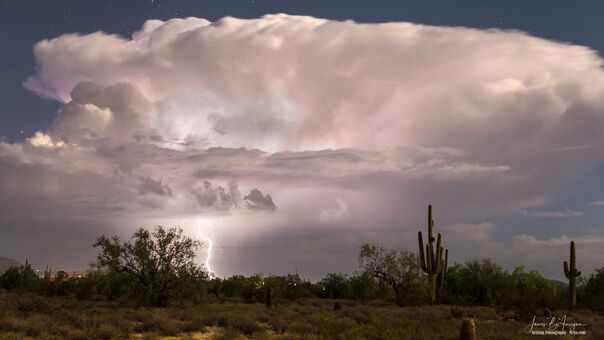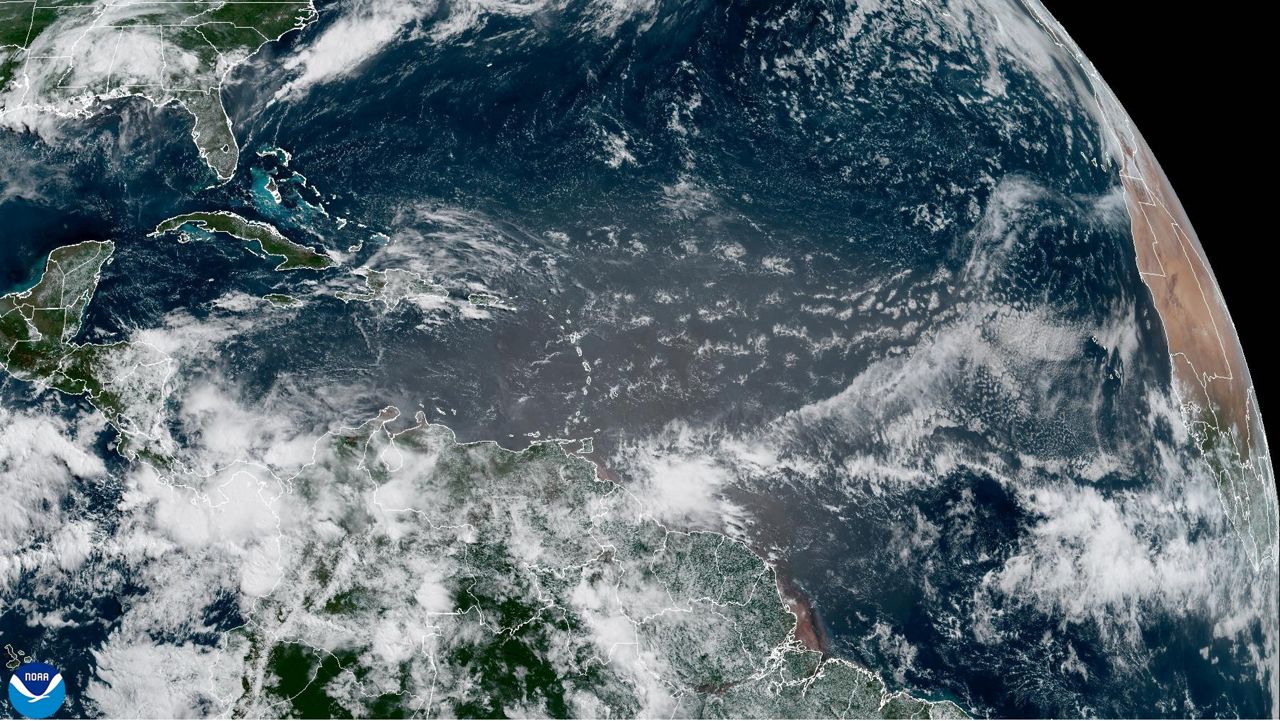CHARLOTTE, N.C. — An organization giving hope to children with critical and life-threatening illnesses aims to reach more minority families this year.
During the pandemic, Make-A-Wish Central and Western North Carolina granted fewer wishes and the percentage of children in some minority communities receiving wishes decreased.
Sophia Mervin was one of the children who was granted a trip to Disney World with her family before the pandemic in 2020.
According to Sophia’s mother, Larissa Mañón Mervin, she had many hospitalizations starting at age 2.
“Almost 12 times with lung infections and other type of infections. She spent Christmas at the hospital,” Mañón Mervin said.
Doctors diagnosed Sophia Mervin with specific antibody deficiency, which means she can’t produce certain antibodies that help fight infection.
“Every parent and mom wants their child to be healthy, wants them to thrive and grow and it’s incredibly stressful trying to navigate that,” Mañón Mervin said. “Every parent and mom wants their child to be healthy, wants them to thrive and grow and it’s incredibly stressful trying to navigate that,” Mañón Mervin said.
Sophia Mervin's doctor referred her for a wish, which provided an unforgettable trip for the entire family.
“Once we came back from the wish reveal trip, it just provided so many memories and allowed her and us as her parents to revert back to those memories during the treatment process,” Sophia's dad, Jamaal Mervin said.
Make-A-Wish Central and Western North Carolina grants 400 wishes a year, but from August 2019 to September 2022 the average was around 247 per year.
“In the pandemic, we granted about half of the wishes that were eligible,” president and CEO Kathy Jetton said.
She said travel restrictions and fewer referrals during the pandemic impacted the numbers.
“Referrals in general dropped by about 50%, but it was fairly consistent across all races and ethnicities. What we do know is we missed kids,” Jetton said.
Since August 2020, the percentage of wishes granted to Black children decreased, while the percentage granted to white children has increased.
“We want minority families to know to how refer, whether they refer as the family or they go to their medical provider,” Jetton said.
Jetton said diversity and equity across wishes is a priority. Make-A-Wish plans to increase referral sources and to reach out to families in rural areas.
“We are going to focus on minority physicians where we are missing referrals. We are also focusing on minority storytelling,” Jetton said. “The goal of Make-A-Wish is always to grant the wish of every eligible child.”
The Mervins are encouraged these efforts are underway and hope other families receive this opportunity.
“It’s literally game-changing, because it gives you the opportunity to extend your support system. You can meet other wish families that can help provide support to you and vice versa,” Jamaal Mervin said.
There are four types of wishes qualifying children ages 2 to 17: wish to go, wish to meet, wish to have and wish to be.
According to 87% of Make-A-Wish alumni nationally, their wish was a turning point in their treatment.
To refer an eligible child, click here.








